
Most gardens will have at least some lawn. This is not necessarily a bad thing, but few of us stop to consider whether there might be better alternatives. A lawn can be practical, but there are many more arguments for replacing it with something preferable.
If you feel like a change but aren’t quite sure what to do with your outside space, read on to discover some amazing eco alternatives to a garden lawn.
Why Get Rid of Your Lawn?
A typical lawn is more or less a mono-culture. It usually has just one main plant – grass – and many gardeners struggle to get rid of any ‘weeds’. But this is not natural; diversity is key to a healthy ecosystem, and fighting to maintain a grass mono-culture harms the garden ecosystem. This is not only detrimental to local wildlife, but can also be bad for us in the long term, as the environment suffers.
And, let’s face it, the lack of diversity in a lawn can be downright boring. By choosing different plants and creating a range of habitats, we can enhance our neighbourhoods, making them livelier and more interesting places.
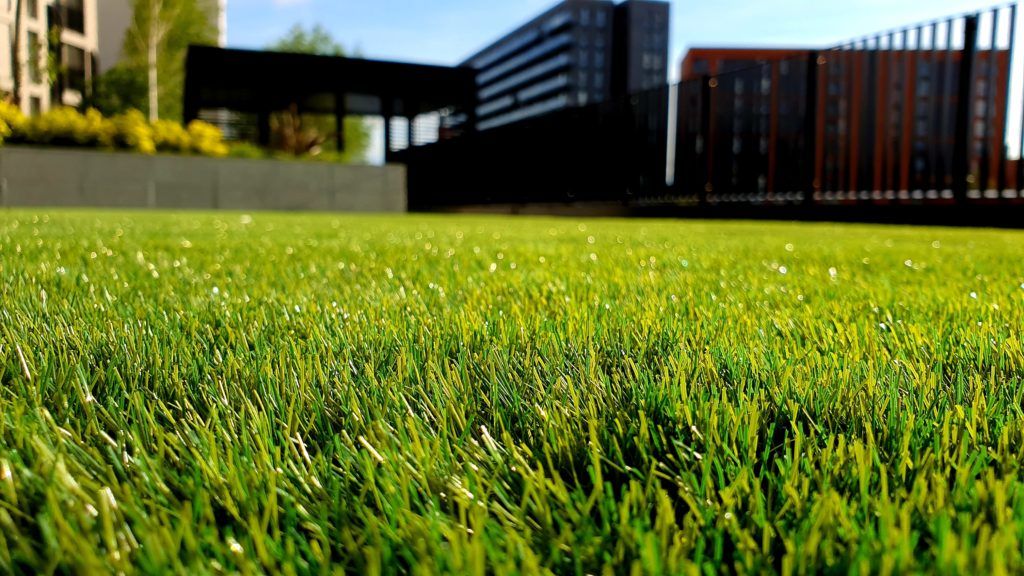
Losing that lawn can make things easier for gardeners, too. Lawns can be a chore to mow, and what’s more, they can often become boggy and waterlogged in winter, or parched during the summer.
They often straddle areas with very different conditions – partly in full sun and partly in deep shade, for example, leading to lawns that look patchy and sometimes downright ugly. If you have a problematic lawn, why not give up the fight and consider something that works better for you, and for where you live?
What to Consider When Choosing an Eco Lawn-Alternative
Before discussing alternatives, it’s worth considering the following:
Choose the Right Plants for the Right Places
If you are planning to replace your lawn with other plants, one of the most important considerations is whether those plants are suited to your garden. In an eco-friendly, sustainable garden, you will usually want as many different plants as possible – but the right plants must be chosen for the right places. Bear in mind:
✔️ How much sunlight there is in the location you are choosing a plant for, and when the area is sunny and when it is in shade. Consider this not only in relation to each day, but also throughout the year.
✔️ Whether the location is sheltered or exposed.
✔️ How water travels through that spot – is it waterlogged, or very dry at certain times?
✔️ The type, pH, quality, and fertility of the soil.
✔️ Other plants growing nearby, and how these might aid or hinder new plants.
Make the Most of Your Space for Your Own Needs
It is very important to think about how your garden might better meet your own personal needs. An eco-friendly and ethical life involves taking control of your needs, and working out how to meet them without harming either other people or the planet.
A garden can meet many of our needs, helping us withdraw support for damaging systems. When weighing up alternatives to a traditional grass lawn, consider whether what you replace it with could:
- Provide food for you and your family. 🍅
- Provide other yields, such as fuel for heating, timber, and natural materials for crafting and DIY projects, herbal medicines, etc.
- Meet you and your family’s recreational needs. (Helping you stay happy and healthy in mind as well as in body.)
Improve the Amenity of the Garden for Human Inhabitants
As well as considering how an eco-alternative could meet your needs, examine whether or not it might improve the relationship of your garden to the surrounding environment. A lawn-alternative might improve the amenity of your garden for human inhabitants by:
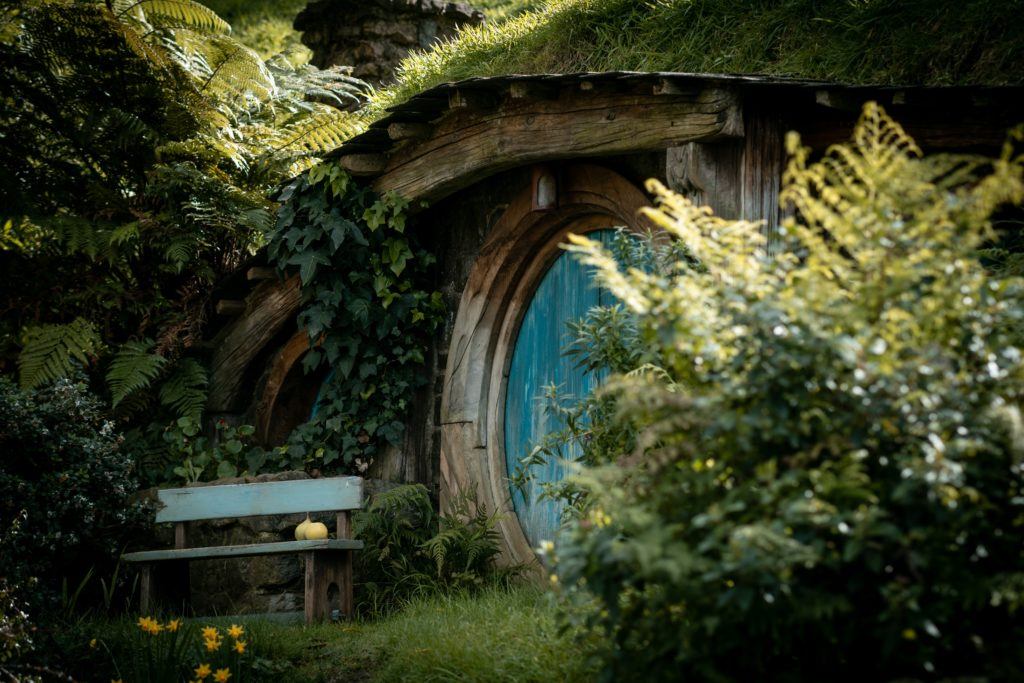
- Increasing privacy.
- Decreasing the impact of pollution/smells from nearby roads.
- Reducing noise pollution from roads or nearby properties.
Enhance Your Garden for Local Wildlife
Ethical gardeners will not only give thought to human inhabitants’ needs and wishes, but also those of local wildlife. You and your family are not the only creatures who use your garden; consider whether the alternative you choose will impact wildlife positively. 🐝
Work within Your Own Time Constraints and Abilities
All of the above will help you to make a sensible, eco-friendly, ethical choice for you and your garden. But whatever you are considering, you have to be practical: take your own time constraints and abilities into account. Only by doing so will you create a truly sustainable garden.
So, now you have considered the basics, let’s look at some of the options:
Creating a Neat Lawn without Grass
First of all, a lawn does not have to be grass. If you decide that you like the openness of your garden, and wish to stick with low-level ground cover, consider creating a lawn with other plants – ones that might be better suited to local conditions, and which will not require mowing. For example 👇
Herbs:
Mediterranean herbs such as thyme, oregano, and marjoram can create pleasant lawns in areas of high sunlight and low rainfall. Camomile is also often used to create lawn areas; some mints, too, spread quickly, creating excellent ground cover. Fragrant herbs will smell divine and can be practical as well as attractive, providing a small edible yield, being useful for herbal medicine, and attracting wildlife.

Clovers:
Clovers are often considered to spoil the neat appearance of a grass lawn, but planting clover as an alternative open area could be a good move; by working with bacteria, they fix nitrogen from the air, which is excellent for the soil and surrounding plants.
Moss:
Moss is ideal for areas that are shaded and boggy, perhaps beneath trees or in deep shade. Though not usually desired when it creates patches in a grass lawn, it could be an attractive solution for ground cover in areas where grasses will not usually thrive.
Turning a Lawn into a Low-Maintenance Wildlife Haven
All of the suggestions above will increase the biodiversity in your garden to some degree. But the following could turn your garden into a true low-maintenance wildlife haven:
Letting Your Lawn Go Wild
Improve your garden as a habitat for wildlife by joining the ‘no-mow’ movement, allowing nature to take its course. In an organic garden, simply let ‘weeds’ and other plants colonise your lawn, so it becomes a lush polyculture. A natural lawn will, of course, include grasses – but these will be able to flower and seed. It might also include:
🌱 Nitrogen fixers like clover.
🌱 Weeds or lawn flowers such as dandelions, daisies, creeping primrose, germander speedwell, selfheal (Prunella vulgaris), and chickweed.
🌱 Larger plants that self-seed, such as thistles, nettles, dock, cow parsley, and broadleaf plantain.
Of course, the species you see popping up in your lawn will largely depend on the soil type and conditions where you live. But forgoing mowing can have a hugely positive impact on local wildlife almost immediately.
If it is a little difficult to cross your newly wild lawn, consider mowing pathways through it to allow access to other parts of your garden.
Replacing Your Lawn with a Wildflower Meadow
To go further and attract even more wildlife, sow wildflower seeds to create your very own meadow. Meadow habitats are becoming scarce in the UK, so planting native meadow plants could help preserve this precious ecosystem. What’s more, a wildflower meadow can look wonderful too.
The key is to not plant generic wildflowers, but rather a wildflower mix suitable for, and native to the region where you live. This will not only ensure that they do well, but also that they are suitable for local insects and other wildlife.
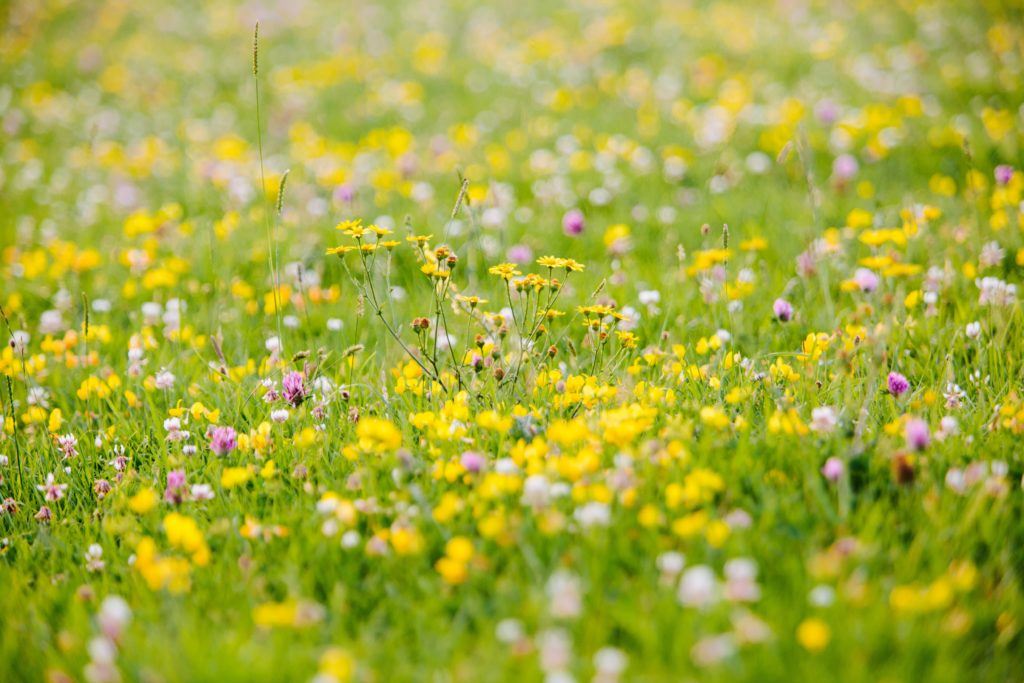
Creating Other Wildlife Habitats Where Your Lawn Used to Be
A meadow is not the only habitat that could replace your lawn. Just some other wildlife-friendly habitats could include:
- A wildlife pond.
- One or more blossoming trees or shrubs. (You may be surprised to learn that just five flowering fruit trees can provide the same amount of pollen and nectar for pollinators as an acre of meadow!) 🌳
- A stumpery or rockery, with plenty of hidey-holes for bugs and beetles, and perhaps warm surfaces for reptiles to bask on.
- A butterfly haven, with plants to encourage these beautiful creatures into your garden. Buddleia – the butterfly bush – could be a good starting point for a new planting scheme.
- A herb spiral or other herb garden to attract a range of beneficial creatures.

Turning a Lawn into an Easy Edible Garden
Of all the ways your garden can help you live more ethically and sustainably, growing food is top of the list. People are often put off of turning their lawn into an edible garden because they think it will be a lot of work – both to get started, and to maintain. But creating and maintaining an edible garden is far easier than you might imagine.
Creating New Garden Beds on Your Lawn – the Easy Way
The most traditional way to produce food is by growing annual fruits and vegetables – either directly in the ground, or in raised beds. Growing annual produce will take more work than a lawn – but creating your new growing areas is quicker and easier than it might seem.
👉 There are several different ways to make vegetable beds on an area of lawn. Perhaps the easiest is what is sometimes called a ‘lasagna bed’: a growing area built up in much the same way that you might make a lasagna. In this case, however, you are not layering pasta, tomatoes, cheese, etc, but organic materials that will compost in place to feed your plants.
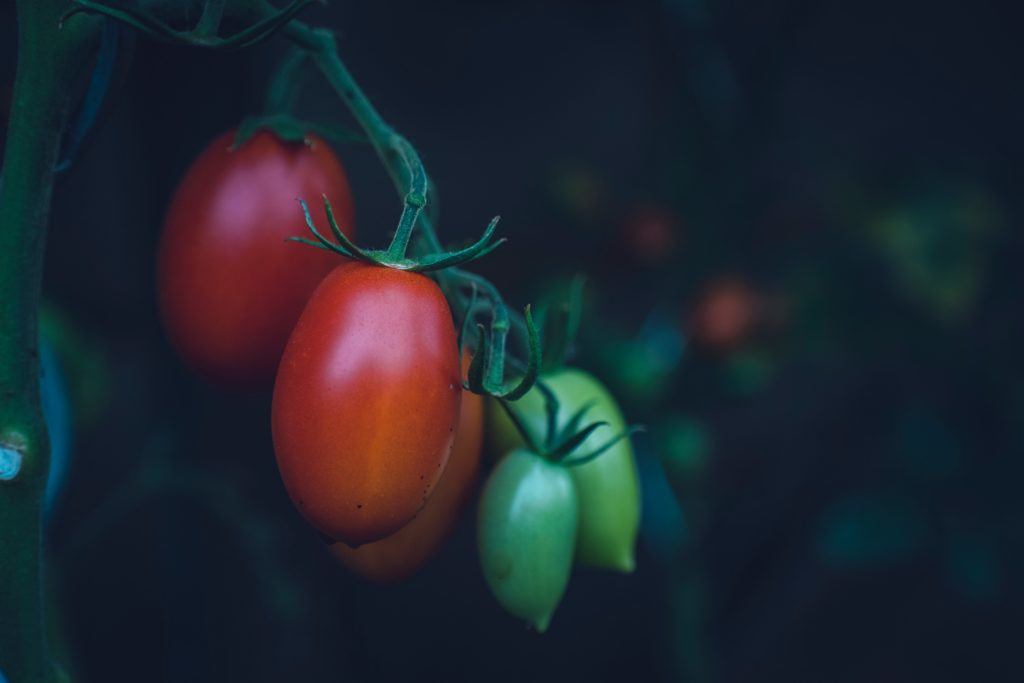
Begin by laying some thick cardboard over the area of the lawn that you want to turn into a bed. You don’t even have to mow first. Create edges for your beds if you wish, building up the sides for a raised bed. (You could use reclaimed timber, logs, rocks, reclaimed bricks, clay, or even straw and mud to make edges… There are plenty of options.)
🥬 Next, take twigs, sticks, branches, and other brown, carbon-rich materials and lay these on top of the cardboard. Then, add plenty of leafy green material, like grass clippings, kitchen scraps, and any other nitrogen-rich ingredients.
🥬 Continue to create thin (5-10cm) layers of these green and brown materials until you almost reach the desired depth (at least 30cm).
🥬 Top the lasagna bed with 5 to 8cm of topsoil and/or good quality, peat-free organic compost.
🥬 Water the beds well before sowing seeds or planting out new crops.
The beds will sink over time, as the materials break down and compost in place. Create your own compost and mulch plants with organic matter each year to maintain fertility, and you could grow edible plants there for years to come.
For a lower-maintenance edible garden, think about planting the lasagna beds with edible perennials rather than annuals (which won’t need to be replanted each year).
There are plenty of edible perennials to choose from – for example, perennial brassicas (members of the cabbage family) and onions, as well as more familiar perennial edibles like rhubarb, asparagus, and globe artichoke.
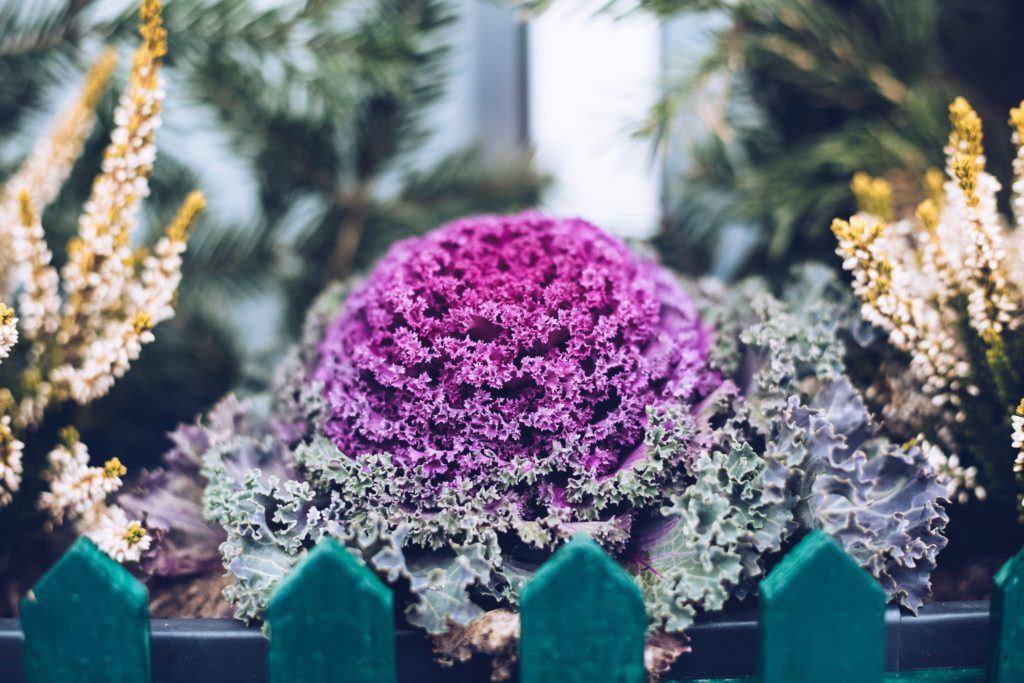
Planting Choices for a Low-Maintenance Edible ‘Forest Garden’
The ultimate perennial food garden is a ‘forest garden‘. These mimic natural forests or woodland, incorporating plants that benefit each other, but which are also useful to us. Planting trees is a wonderful way to turn a boring lawn into a magical, abundant space. Instead of a monotonous expanse of lawn, you could have a winding path leading into the dappled shade of a wooded glade, and be able to forage food from this mini woodland.
A forest garden doesn’t have to be huge; adding one or more fruiting trees to even a small garden can be a great choice. In an edible forest garden, fruit trees are not planted in the middle of the grass – instead, collections of different plants, known as ‘guilds’, are created to support each other and improve the whole ecosystem, while providing food and other things for the gardener.
Planting is added in layers, with shrubs beneath the trees, herbaceous plants and ground-cover beneath them, and perhaps some climbing plants winding between them. Each plant is carefully chosen for its role in feeding the system, or feeding you.
Turning a Lawn into a Perfect Playground for Kids
Sometimes, garden owners keep a lawn because it’s a good place for kids to play, kick a ball about, or enjoy other games. However, many of the eco alternatives given above can also make perfect playgrounds. While an area with dense planting, trees, or growing areas wouldn’t be suitable for a game of footie, it could provide bountiful opportunities for other sorts of play.
A few fruiting trees (and other perennial plants) with paths between them can make a wonderful place for hide and seek, or for imaginative play. Any sort of planting between paths, or mown trails between wilder areas, could allow you to make a ‘race track’ for kids to run or cycle round.
Once they grow big enough, new trees could also be a place to hang a swing or hammock, which could be wonderfully relaxing. Replacing an open lawn with wilder, more abundant and fruitful areas can also provide plenty of hidden corners that are perfect for a den. For example, make a tipi with branches or canes and grow beans up and over it. You could also train fruit trees to make a den, or weave one from a living willow.
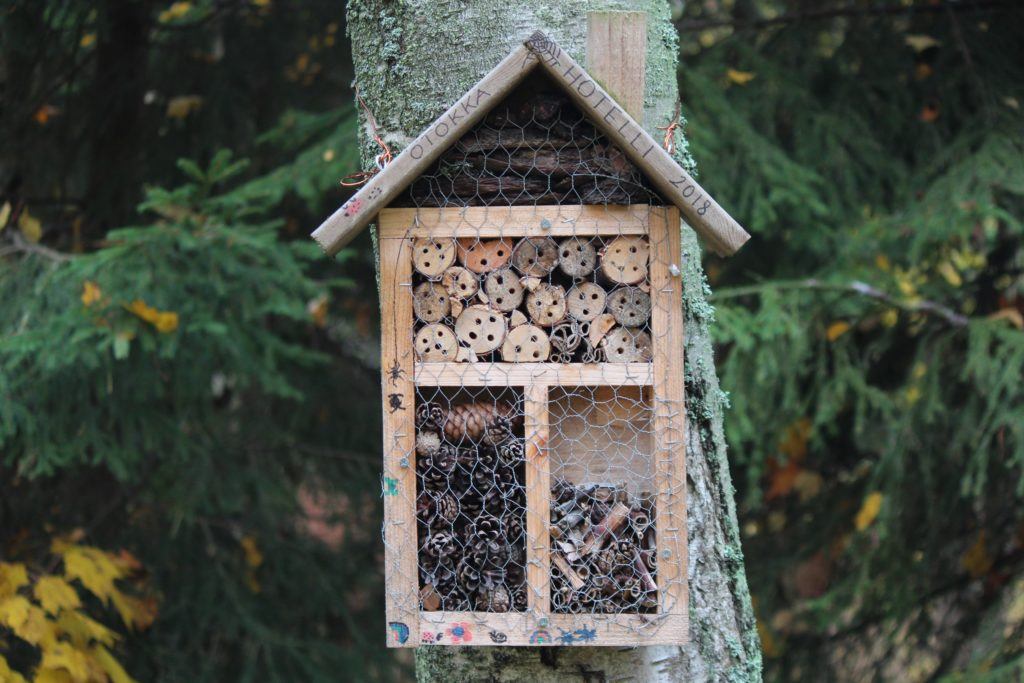
Of course, a wildlife-friendly garden will also be wonderful for kids, who will love going on a bug hunt, building a bee hotel, peeping into a pond, or discovering other interesting creatures. Kids will also love tending an edible garden. Replace a dull lawn and your kids are likely to be able to find no end of ways to entertain themselves in your garden.
Creating New Eco-Friendly Patio Areas
While, generally speaking, it is best to forgo the hardstanding and opt for more plants instead, there may be times when you wish to get rid of your lawn and install new patio areas that allow better use of the space. (For example, by creating a place to put a table and chairs for dining outdoors.) Permeable patio areas, which allow rainwater to reach the soil below, are best – for example:
✔️ wooden decking made from reclaimed timber.
✔️ Natural rocks with moss or other ground-cover plants between them.
✔️ Flat stone paving with naturalistic planting between slabs.
✔️ Reclaimed bricks laid directly onto the soil, or onto gravel.
✔️ Recycled glass paving with gaps between for ground-cover plants.
There are plenty of ways to avoid barren expanses and instead create stable surfaces between lush planting, while creating a space for outdoor eating could enthuse you to grow and cook more of your own food.
Remember, your garden can be far more than just a lawn with planting round the edges. However you choose to proceed, you should begin to appreciate just how many amazing options there are for more ethical and eco-friendly alternatives to a garden lawn.
Featured image by Marek Levák on Unsplash
Earth.fm is a completely free streaming service of 1000+ nature sounds from around the world, offering natural soundscapes and guided meditations for people who wish to listen to nature, relax, and become more connected. Launched in 2022, Earth.fm is a non-profit and a 1% for the Planet Environmental Partner.
Check out our recordings of nature ambience from sound recordists and artists spanning the globe, our thematic playlists of immersive soundscapes and our Wind Is the Original Radio podcast.
You can join the Earth.fm family by signing up for our newsletter of weekly inspiration for your precious ears, or become a member to enjoy the extra Earth.fm features and goodies and support us on our mission.
Subscription fees contribute to growing our library of authentic nature sounds, research into topics like noise pollution and the connection between nature and mental wellbeing, as well as funding grants that support emerging nature sound recordists from underprivileged communities.
